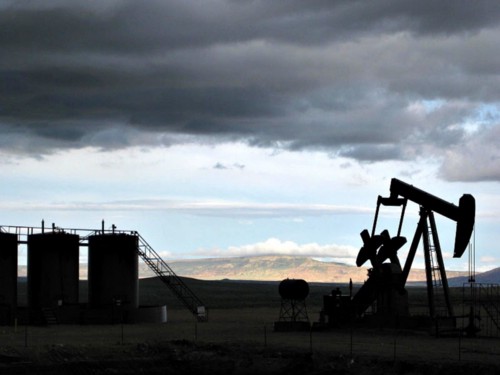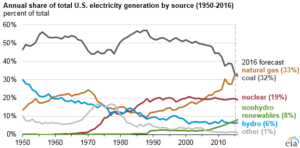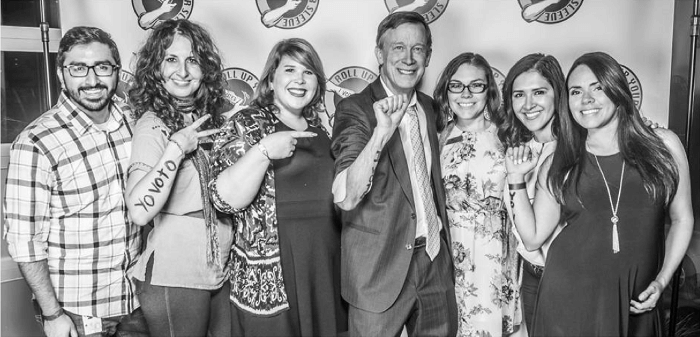Written by Pete Maysmith
President Trump recently signed an executive order to roll back the Clean Power Plan, along with a host of other Obama-era policies designed to protect our health and environment from climate change. While Trump claimed this action was to promote energy independence and bring back coal jobs — both of which are not likely to be influenced by this — in reality it is a clumsy attempt to bolster the fossil industry at the expense of our health and our climate.
Fortunately, Colorado and the West will keep making progress in spite of the president’s backward efforts. This is evident because of popular sentiment, market forces, and the opportunities that exist in our state.
In Colorado (and increasingly across America), citizens understand that climate change is a threat to our livelihood and we need to take action. Following the release of the Clean Power Plan in 2015, Conservation Colorado collected thousands of signatures from Coloradans wanting to see quick action from our state to comply with the plan. Those people, along with 66 percent of our state, still want to see climate action, even if it isn’t in the form of a national plan.

Conservation Colorado’s Protégete team in 2015 holds a poster with over 3500 signatures from Coloradans calling for climate action.
In fact, a recent poll found that 82 percent of Coloradans support increasing the share of energy from renewable sources like wind and solar to create jobs and economic opportunity in rural Colorado. That’s not a partisan divide — Coloradans from both sides of the aisle understand that we should lead on renewable energy, both because it is a linchpin for clean air and because it means economic growth, including in rural areas.
The impacts of climate change on our forests, rivers, and air are becoming more evident in Colorado. These changes threaten who we are as Coloradans, from wildfires in March to extreme drought predictions for the Colorado river. The evidence is clear and cannot be ignored, and the public is realizing that more and more. Across the U.S., concern about global warming has reached a three-decade high.
As public concern grows, so do the market forces that caused coal to slow down in the first place. Wind and solar prices are dropping, while their use skyrockets. The number of jobs in Colorado’s solar industry increased by 20 percent in 2016, as the state’s solar capacity jumped 70 percent. At the same time, the state is ranked second in the nation for wind jobs, with 14,800 workers currently. Wind jobs are expected to grow by 54.7 percent in Colorado over the next four years.
Coloradans know that to promote jobs and help rural economies, we need to pursue industries with potential for growth. Right now, that’s wind and solar — and the opportunities in Colorado are limitless. Wind and solar are already providing real income through taxes, benefits to farmers, good paying jobs, and supporting the general economies of small towns on Colorado’s eastern plains. In many places, wind companies lease land from farmers to install wind turbines, providing a new income stream on land that is also usable for other agricultural activities. Already, more than $5.4 billion worth of renewable energy projects have been built in eastern Colorado, and we have the capacity for more.
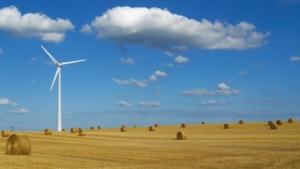 Colorado’s had a promising start to lead on climate solutions. Our renewable energy standard of 30% by 2020 and the “Clean Air Clean Jobs Act” of 2010 that converted coal-fired power plants to clean resources like wind and solar put us on a great trajectory. Our state has proven it is possible to reduce carbon pollution in ways that boost the economy.
Colorado’s had a promising start to lead on climate solutions. Our renewable energy standard of 30% by 2020 and the “Clean Air Clean Jobs Act” of 2010 that converted coal-fired power plants to clean resources like wind and solar put us on a great trajectory. Our state has proven it is possible to reduce carbon pollution in ways that boost the economy.
Looking forward, we’re working on a host of ideas to further cut down carbon pollution in Colorado. From fighting for investment in alternative modes of transportation to renewing a successful energy efficiency program, there’s a lot happening at the state level.
No matter what politicians or bureaucrats in Washington, DC do or say, here in Colorado we keep fighting to clean up air pollution and combat climate change. States have led and will continue to lead the way when it comes to the clean energy revolution. Despite President Trump’s intransigence, there is hope and it lies in state and local action. By adding more renewables, working with partners, and focusing in on the state level, we can get things done in Colorado and serve as a leader for other states to follow.


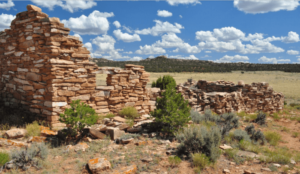
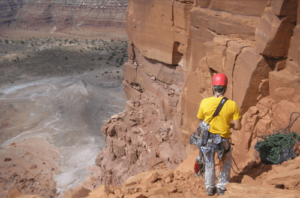
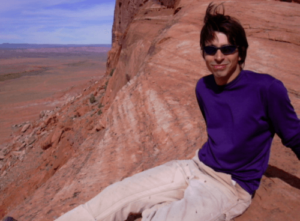
 My name is Enkhtungalag Chuluunbaatar. I am the second international fellow working with Conservation Colorado through the Community Solutions Program.
My name is Enkhtungalag Chuluunbaatar. I am the second international fellow working with Conservation Colorado through the Community Solutions Program.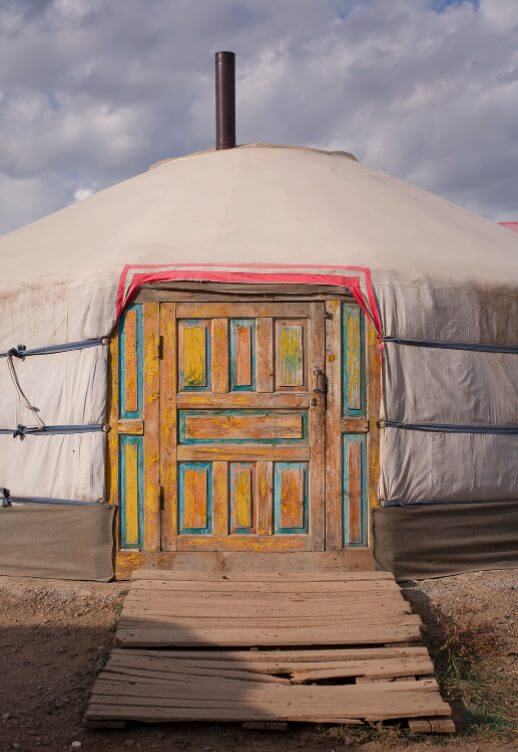 The ger (yurt) districts of Ulaanbaatar, an urban sprawl in continuous expansion, with inadequate infrastructure and services, is where about 65% of the city residents live. Air, soil, and water pollution come from power plants, coal-burning household stoves, an ever increasing amount of industries, automobiles, and construction, pit-latrines, and poor waste management systems. These urban challenges disadvantage the most underserved and vulnerable communities, such as low-income families, children, and people with disabilities.
The ger (yurt) districts of Ulaanbaatar, an urban sprawl in continuous expansion, with inadequate infrastructure and services, is where about 65% of the city residents live. Air, soil, and water pollution come from power plants, coal-burning household stoves, an ever increasing amount of industries, automobiles, and construction, pit-latrines, and poor waste management systems. These urban challenges disadvantage the most underserved and vulnerable communities, such as low-income families, children, and people with disabilities. As a volunteer-based organization, our supporters are essential to ensure that we continue to work with local communities in Mongolia and engage them in decision-making on sustainable urban development.
As a volunteer-based organization, our supporters are essential to ensure that we continue to work with local communities in Mongolia and engage them in decision-making on sustainable urban development.